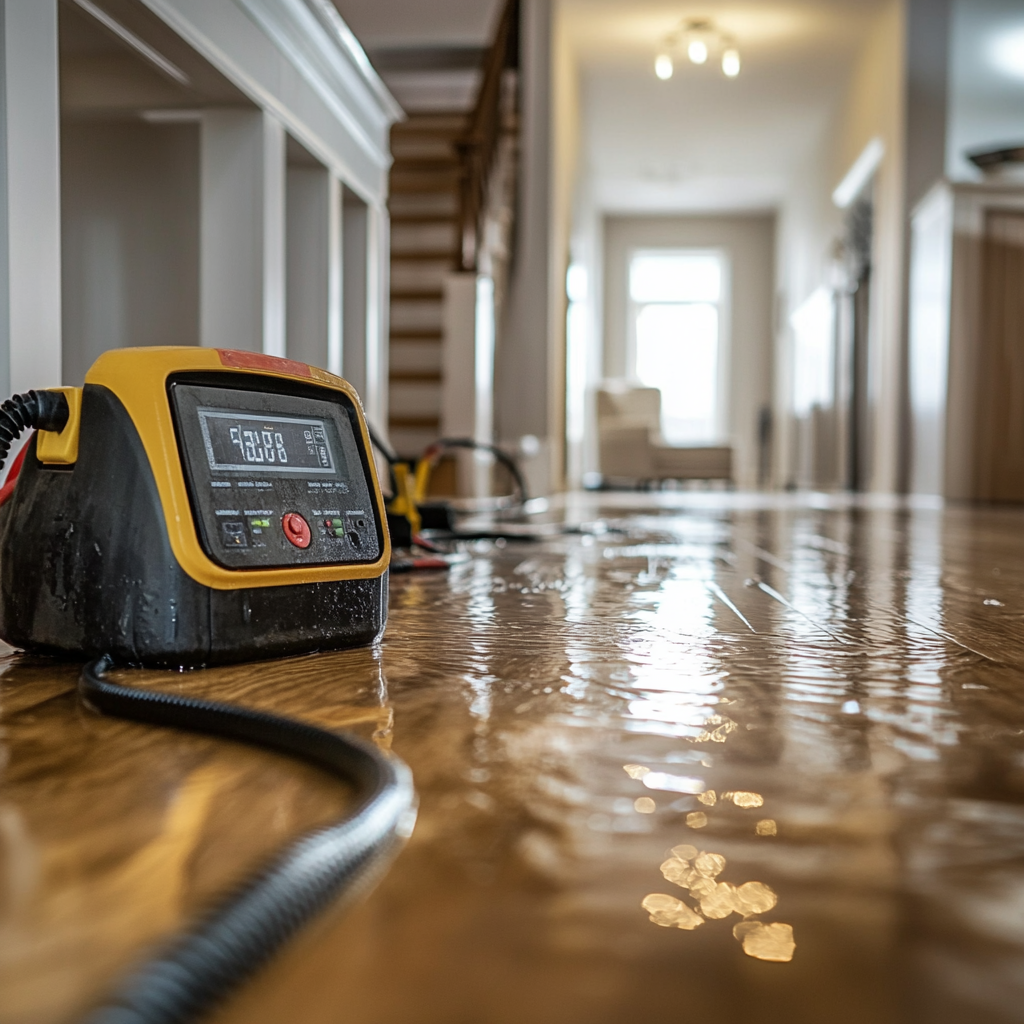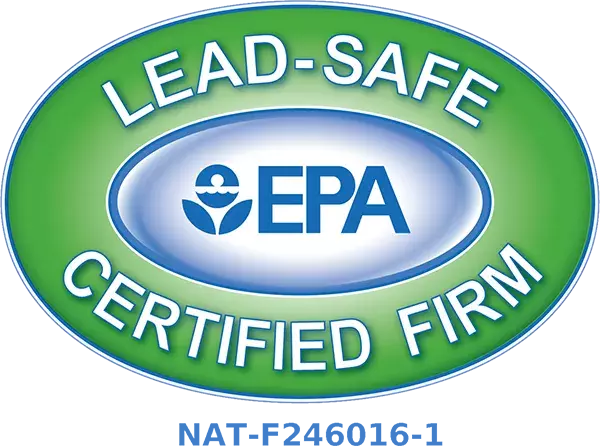Florida is known for its stunning landscapes, beautiful beaches, and vibrant communities, but it is also susceptible to severe weather conditions that can lead to significant water damage in homes and businesses. Not only does water damage threaten the aesthetic appeal of properties, but it can also carry hidden dangers, such as structural weakening, mold growth, and long-term health risks for occupants. These unseen threats can compromise the integrity of buildings and leave lasting impacts on residents’ quality of life.
To mitigate these risks, advanced drying methods have emerged as an essential component of water damage restoration. This blog aims to explore how these methods work and the tools and techniques employed to ensure the effective restoration of properties. With the right strategies in place, property owners can protect their investments and maintain a safe environment.
Understanding Water Damage and Drying Goals
Why Water Damage is Complex:
Water damage is not merely about the visible pools of water that might collect on floors; it often infiltrates hidden areas such as subfloors, wall cavities, and insulation. These concealed spaces may become soaked and retain moisture long after visible water has been removed, creating an environment conducive to mold growth and structural compromise.
Primary Goals of Drying:
The primary goal of any water damage restoration effort is rapid moisture removal to prevent further damage while creating a stable environment. By using advanced drying techniques, restoration professionals aim to restore materials to their pre-damage conditions as quickly as possible, which involves preventing microbial growth from establishing within affected areas. Speed and thoroughness are key, as untreated moisture can result in costly long-term issues for homeowners.
Essential Tools for Advanced Drying
To achieve effective results in drying and restoration, professionals rely on a range of specialized tools:
Moisture Meters:
Accurate moisture detection hinges on the use of moisture meters, which can assess the level of moisture in various materials. These devices help restoration technicians identify areas that require targeted drying efforts, ensuring that no damp spots are overlooked. By regularly measuring moisture levels, technicians can effectively track progress throughout the drying process.
Dehumidifiers:
Industrial-grade dehumidifiers are pivotal in drawing moisture from the air, thereby controlling humidity levels within the affected space. Maintaining appropriate humidity is essential for aiding the evaporation of moisture trapped in surfaces like walls, carpets, and floors. By preventing excessive humidity, dehumidifiers also inhibit mold growth, helping achieve the optimal drying environment.
Thermal Imaging Cameras:
Thermal imaging cameras can detect temperature changes in surfaces, indicating hidden moisture behind walls or under floors that may otherwise remain undetected. By visually revealing waterproofing issues or hidden leaks, restoration professionals can focus their efforts on those specific problem areas, ensuring adequate drying measures are applied effectively.
Innovative Drying Techniques
The science of drying involves several innovative techniques that enhance the restoration process:
Air Movers:
High-velocity fans known as air movers enhance airflow within a drying space and speed up the evaporation process on wet surfaces. By increasing circulation, these appliances minimize dry times, ensuring that moisture is removed quickly and effectively. Proper positioning of air movers is essential; technicians often use fans strategically to direct airflow towards wet areas, maximizing efficiency and effectiveness.
Injectidry Systems:
Injectidry systems are specialized setups designed specifically to dry hard-to-reach spaces like wall cavities, behind cabinets, and under floors. These systems create negative air pressure, allowing moisture to be effectively pulled out while simultaneously drying the surrounding materials. With unintrusive installation, Injectidry systems can often restore impacted surfaces without the need for extensive demolition.
Desiccant Drying:
Employing advanced technology, desiccant drying utilizes desiccant materials—substances that absorb moisture—from the air and surrounding materials. This method is particularly effective in large-scale recovery or extreme conditions, as it efficiently draws moisture towards the desiccant, providing rapid drying without causing excessive heat or air movement that could damage sensitive materials.
Specialized Floor Drying Mats:
When moisture becomes trapped in hardwood or tiled flooring, specialized mats can be used for extraction. These mats, connected to pumps or vacuum systems, draw moisture out of the floor while providing a non-invasive drying solution. This technique is effective for restoring flooring without requiring removal or replacement.
Monitoring and Adjusting During the Drying Process
Effective drying is not a one-and-done process; ongoing monitoring and adjustments are critical to success:
Moisture Tracking:
Technicians measure moisture levels regularly throughout the drying process. Initial moisture readings are compared to follow-up readings to assess progress and determine when the area has reached an acceptable dryness level.
Adjusting Equipment Placement:
As conditions change, restoration professionals may need to adjust the placement of drying equipment. For instance, if certain areas remain stubbornly damp, moving fans or dehumidifiers closer to those spots may improve results. Flexibility in equipment arrangement is essential for effective moisture removal.
Documenting Progress:
Maintaining detailed records of moisture levels and drying times is crucial for accountability and effective communication with clients and insurance companies. Documentation can also serve as evidence that all areas met drying standards, adding additional layers of protection for property owners.
Consequences of Inadequate Drying
Failing to address water damage with effective drying techniques can lead to severe and costly consequences:
Structural Deterioration:
Untreated water damage can lead to compromised structural components. Wood weakened by excessive moisture can warp or rot, and the integrity of drywall may decrease, posing risks of collapse or further damage that requires expensive repairs.
Mold and Mildew Growth:
One of the most serious consequences of inadequate drying is the rapid growth of mold and mildew. These microbes thrive in wet environments, potentially leading to serious health hazards and the need for costly remediation processes to ensure safe indoor air quality.
Increased Repair Costs:
Hidden moisture can result in unexpected issues; active leaks or undetected wet spots can lead to further damage over time. The longer it takes to address water issues, the more severe the problems can become, potentially leading to significant repair costs and extensive renovations.
Why Professional Drying is Non-Negotiable
Effective water damage restoration is a task best left to professionals for a variety of reasons:
Access to Advanced Equipment:
Professionals at restoration companies have access to state-of-the-art tools and equipment, including industrial-grade machinery that is not available to the general public. This technology significantly enhances the effectiveness of drying efforts, ensuring thorough results.
Expert Understanding:
Trained technicians possess specialized knowledge about how different materials respond to moisture and the best practices for drying them. Their skills and experience allow them to handle varying conditions competently while ensuring no steps are overlooked.
Comprehensive Restoration:
Companies like J&R Restoration ensure all aspects of recovery and restoration are handled with precision. With a focus on preventing hidden damage and ultimately restoring property to its pre-damage condition, professionals give property owners peace of mind amidst what can be an overwhelming situation.
J&R Restoration’s Cutting-Edge Approach
At J&R Restoration, we pride ourselves on providing exceptional water damage restoration services through a blend of technology and expertise:
- State-of-the-Art Technology:
- Our team employs advanced drying equipment, including high-performance dehumidifiers, moisture meters, thermal imaging cameras, and specialized drying tools, ensuring effective and efficient restoration outcomes.
- Experienced Technicians:
- Our trained professionals have experience with various types of water damage scenarios. They undergo continuous training in the latest restoration techniques to ensure your property receives the quality care it deserves.
- End-to-End Service:
- From initial assessment through final inspection, J&R Restoration offers comprehensive services. Our team coordinates all aspects of the restoration process, keeping you informed and included every step of the way.
Conclusion
Addressing water damage through advanced drying techniques is critical for avoiding long-term issues that can impact the safety, integrity, and value of your property. Timely and effective intervention not only protects your investment but also promotes overall health for occupants.
By understanding the science behind drying and leveraging professional expertise, property owners can navigate water damage restoration successfully. Whether you’re faced with water damage issues, or if the situation has worsened and you require mold remediation, reach out to J&R Restoration today for reliable assistance and expert guidance. Let us help you restore your property and safeguard against future complications. Your peace of mind is our commitment, and together, we can ensure your home remains a safe haven.


